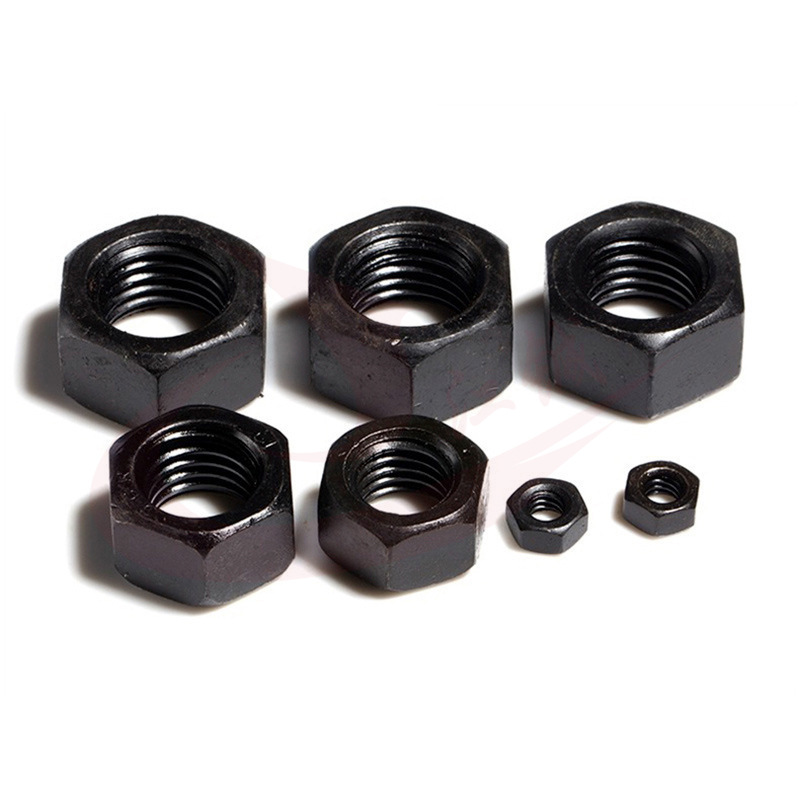

types of nut bolt
ডিসে. . 21, 2024 09:59 Back to list
types of nut bolt
Understanding the Different Types of Nuts and Bolts
Nuts and bolts are fundamental components in various applications, ranging from construction to machinery, providing essential connections that ensure structural integrity and functionality. Understanding the different types of nuts and bolts is crucial for anyone involved in maintenance, engineering, or assembly work. This article explores the various types of nuts and bolts, their applications, and key characteristics.
Nuts
A nut is a hexagonal block of metal with a hole in the center, designed to receive a bolt or screw. There are several types of nuts, each with its specific use
1. Hex Nut The most common type, hex nuts have six sides and are used with bolts or screws of the same size. They are versatile and are typically found in applications where strength and durability are essential.
2. Lock Nut Designed to resist loosening due to vibration or movement, lock nuts come in several variations, such as nylon insert lock nuts and all-metal lock nuts. They are ideal for high-vibration applications, ensuring a secure connection.
3. Wing Nut With wings on either side, wing nuts can be easily tightened or loosened by hand, making them useful in situations where frequent adjustments are necessary. They are often used in assembly work or for quick-release applications.
4. Cap Nut Also known as acorn nuts, cap nuts feature a dome-shaped top that covers the end of the bolt. This design provides a finished appearance and protects the end of the bolt from accidental contact and corrosion.
5. Flange Nut Featuring a built-in flange, flange nuts distribute pressure over a larger area, making them ideal for use on softer materials. They help prevent loosening and are often used in automotive applications.
types of nut bolt

Bolts
Bolts are fasteners with a head on one end and a threaded shaft on the other, designed for insertion into nuts to create a secure connection. Different types of bolts include
1. Hex Bolt The most widely used type, hex bolts have a hexagonal head and are typically used in conjunction with hex nuts. They come in various sizes and materials, providing versatility for numerous projects.
2. Carriage Bolt Characterized by a rounded head and a square section beneath the head, carriage bolts are designed to be used with a nut and allow for secure fastening into wood without spinning. They are often used in timber construction.
3. Lag Bolt A type of wood screw, lag bolts are heavy-duty fasteners designed for use in wood and headed by a hexagonal head. They provide a strong connection for load-bearing applications, commonly used in construction and furniture assembly.
4. Anchor Bolt These bolts are used to attach structures to concrete. They come in various designs, such as L-shaped, and are crucial in ensuring stability for foundations, poles, and walls.
5. Shoulder Bolt With a non-threaded shoulder between the head and the threaded part, shoulder bolts are ideal for applications requiring precise rotation or pivoting. They are commonly used in machinery and mechanical devices.
Conclusion
The variety of nuts and bolts available in the market caters to a vast range of applications, each with specific characteristics designed for particular tasks. Understanding these differences is essential for achieving optimal performance and safety in assembly and construction projects. Whether you're building furniture, working on machinery, or engaging in DIY projects, the right choice of nuts and bolts will ensure lasting stability and reliability. In summary, a knowledgeable approach towards selecting nuts and bolts can significantly enhance the quality and durability of your projects.
Latest news
-
Hot Dip Galvanized Bolts-About LongZe|High Strength, Corrosion Resistance
NewsJul.30,2025
-
High-Strength Hot Dip Galvanized Bolts - Hebei Longze | Corrosion Resistance, Customization
NewsJul.30,2025
-
Hot Dip Galvanized Bolts-Hebei Longze|Corrosion Resistance&High Strength
NewsJul.30,2025
-
High-Strength Hot-Dip Galvanized Bolts-Hebei Longze|Corrosion Resistance&High Strength
NewsJul.30,2025
-
Hot Dip Galvanized Bolts-Hebei Longze|Corrosion Resistance&High Strength
NewsJul.30,2025
-
Hot Dip Galvanized Bolts - Hebei Longze | Corrosion Resistance, High Strength
NewsJul.30,2025

